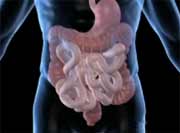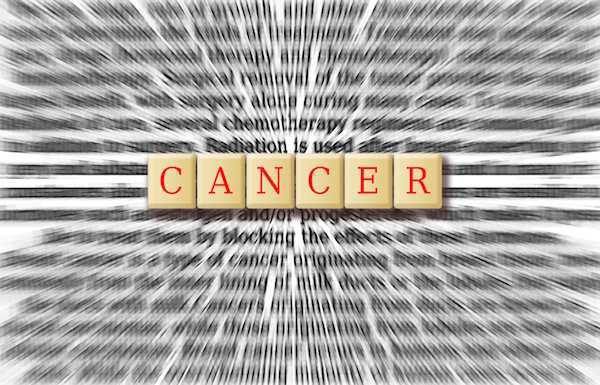
TUESDAY, July 5 (HealthDay News) — The death rates from colon cancer continue to drop in the United States, but they could fall even further if more people were screened, government health officials reported Tuesday.
Although two-thirds of Americans were screened for colon cancer by 2010, 22 million more hadn’t been, according to a new report from the U.S. Centers for Disease Control and Prevention.
Between 2003 and 2007, the number of new cases of colon cancer fell from 52.3 per 100,000 people to 45.4 per 100,000, according to the CDC report. That drop means there were 66,000 fewer cases of the disease.
In addition, the death rate from colon cancer, the number two cancer killer, dropped over the same time from 19 per 100,000 people to 16.7 per 100,000, the researchers found. That means that 32,000 fewer people died from the disease.
“Colon cancer can be prevented,” CDC Director Dr. Thomas R. Frieden said during a noon press conference Tuesday. “Screening is highly effective.”
“By preventing colon cancer, we can help people live longer, healthier, more productive lives while reducing health-care costs,” he added.
Frieden spoke from personal experience. “I turned 50 a few months ago and I do have a strong family history of colorectal cancer, so I did have a colonoscopy at age 40,” he told reporters. “It was normal. At age 50, I had another colonoscopy. I had four polyps — two of them large — all of them removed before they became cancerous.”
He added, “If I hadn’t had colon cancer screening, I could well be dead in another 10 or 15 years. I anticipate that I will never have colon cancer, because I will continue to get follow-ups. I hope every American has the ability to access and take advantage of colon cancer screening.”
The report, Vital Signs: Colorectal Cancer Screening, Incidence, and Mortality — United States, 2002-2010, was published in the July 5 issue of the CDC’s Morbidity and Mortality Weekly Report.
Not only does colon cancer kill 50,000 Americans each year, it’s costly, Frieden noted. The cost for colon cancer in 2010 was $14 billion, the report showed. And each colon cancer death in 2006 cost $288,468 in lost productivity.
Screening for colon cancer can improve these numbers, according to the report. From 2002 to 2010, screening increased from 52 percent to 65 percent. Yet, one in three people ages 50 to 75 are not current with screening recommendations, the CDC investigators found.
Although colon cancer screening has increased dramatically, there is a concern that the rate may be leveling off, Frieden said, noting that the biggest factor in screening is a doctor’s recommendation.
Other findings in the report include:
- Death from colon cancer dropped significantly in 49 states and Washington, D.C.
- Deaths were cut most in states with the highest rates of screening.
- Between 2003 and 2007, deaths from colon cancer dropped 3 percent.
- The highest number of deaths from colon cancer was in Washington, D.C.
- The lowest number of colon cancer deaths were in Montana and Colorado.
- The rate of colon cancer dropped in 35 states from 2003 to 2007.
- The most cases were in North Dakota; Utah had the fewest.
Data for the report were drawn from the CDC’s National Program of Cancer Registries; the U.S. National Cancer Institute’s Surveillance, Epidemiology, and End Results Program; and the CDC’s National Vital Statistics System.
Currently, colon cancer screening is recommended for men and women starting at age 50. The methods for screening include:
- Fecal occult blood test every year.
- Flexible sigmoidoscopy every five years plus a fecal occult blood test every three years.
- Colonoscopy every 10 years if the test was negative.
More information
For more on colon cancer, visit the American Cancer Society.

